Descripción
La combinatoria analítica tiene como objetivo permitir predicciones cuantitativas precisas de las propiedades de grandes estructuras combinatorias. La teoría ha surgido en las últimas décadas como esencial tanto para el análisis de algoritmos como para el estudio de modelos científicos en muchas disciplinas, incluida la teoría de la probabilidad, la física estadística, la biología computacional y la teoría de la información.
Con una cuidadosa combinación de métodos de enumeración simbólica y análisis complejo, basándose en gran medida en funciones generadoras, surgen resultados de amplia generalidad que se pueden aplicar en particular a estructuras fundamentales como permutaciones, secuencias, cadenas, paseos, caminos, árboles, gráficos y mapas. Este relato es el tratamiento definitivo del tema. Los autores brindan una cobertura completa de las matemáticas subyacentes y un tratamiento completo de las aplicaciones clásicas y modernas de la teoría. El texto se complementa con ejercicios, ejemplos, apéndices y notas para facilitar la comprensión. El libro se puede utilizar para un curso avanzado de pregrado o posgrado, o para el autoaprendizaje.

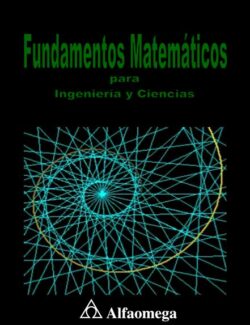
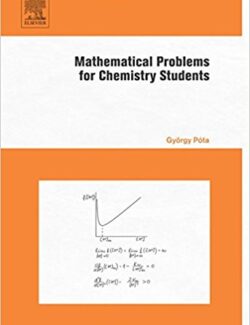
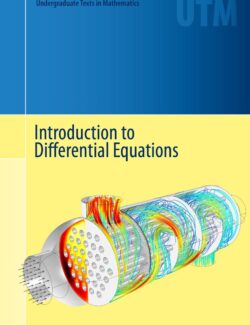
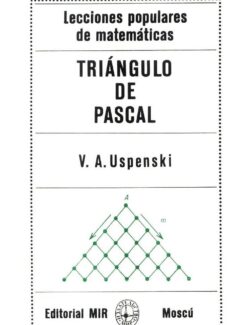

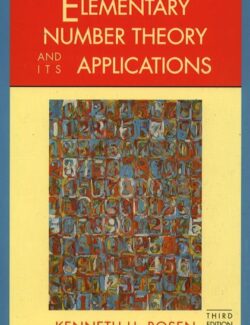
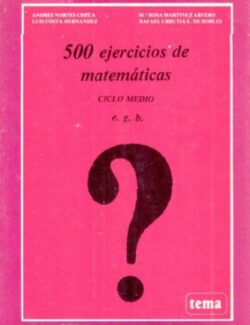
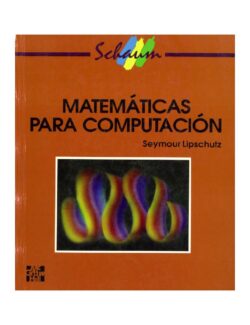
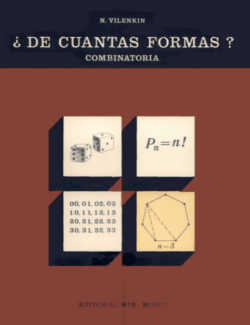


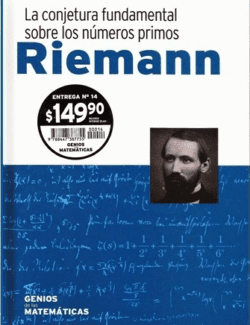
¿Qué piensas de este libro?
No hay comentarios